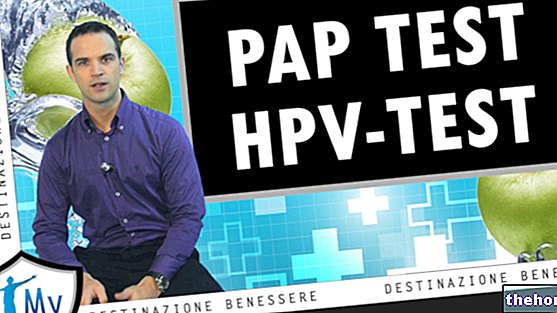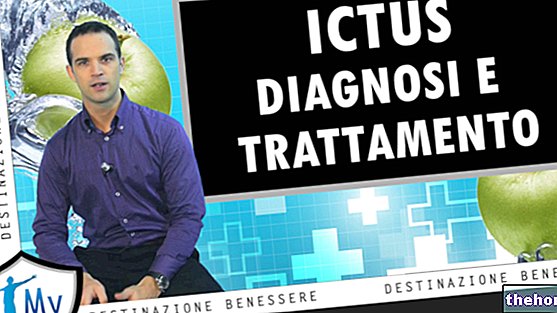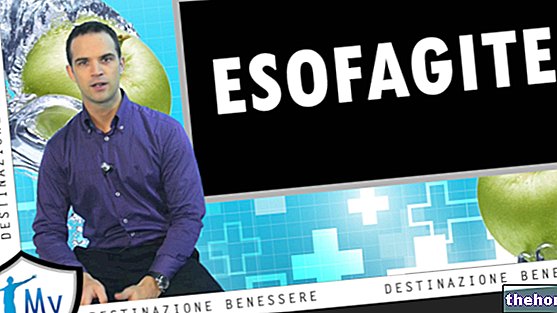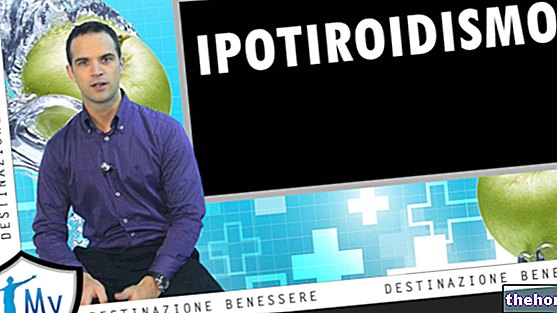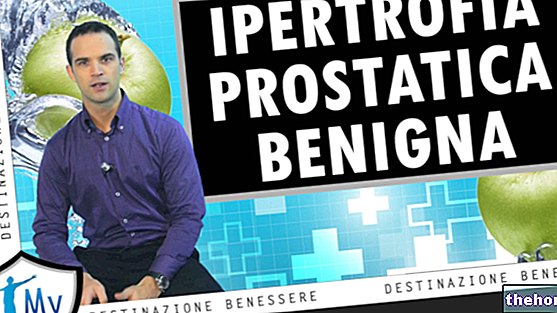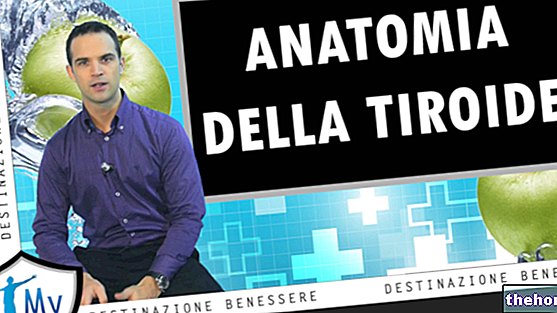In this video we talk about a little known condition, often described as a mini-stroke or antechamber of the actual stroke. I am referring to the transient ischemic attack, also known by the acronym TIA.
Transient ischemic attack is a neurological disorder caused by an insufficient blood supply to the brain. As the name suggests, this condition is transient, therefore temporary, with symptoms that spontaneously regress within 24 hours. It is precisely this characteristic of reversibility that distinguishes the ischemic attack from the actual stroke. Most of the time, the ischemic attack is caused by the presence of a thrombus, an embolus or a narrowing of an arterial vessel that obstructs the normal cerebral circulation. The causes are therefore the same as for the stroke, in particular the ischemic one. . The symptoms are also identical, which arise suddenly in both cases. The only difference is that the symptoms of TIA last only a few minutes or a few hours, and then resolve spontaneously without leaving permanent damage to the brain. We can therefore interpret the ischemic attack as a sort of warning, a preamble to a potentially more serious event such as the actual stroke. Therefore, when transient ischemic attack occurs, it must never be neglected. Undergoing the necessary investigations is essential to identify the cause that triggered the TIA, then put in place the appropriate measures to prevent similar episodes or a possible future stroke.
As anticipated, at the origin of the transient ischemic attack there is an insufficient blood supply to a part of the brain. This condition, called ischemia, is generally linked to the presence of a blood clot, which obstructs a cerebral artery and hinders the normal circulation of the brain tissues. Without oxygen and nutrients, the tissues deprived of the correct blood supply thus enter a state of suffering. The clot that obstructs normal blood flow can be an embolus or a thrombus. The embolus is a clot that has formed in other parts of the body, usually in the heart or in the arteries of the neck; when detached from the site of origin, this clot is pushed by the blood and - if it is not dissolved in time by the defensive mechanisms - ends precisely by occluding a vessel of the brain. The thrombus, on the other hand, is a blood clot that forms directly inside the brain, due to the rupture of an atherosclerotic plaque. An important feature of the transient ischemic attack is that the obstacle to free blood circulation - an embolus or thrombus - it does not block the affected vessel permanently, but only creates a temporary obstruction. The factors that predispose to transient ischemic attack are numerous. Among the pathological conditions most at risk, there are cardiovascular diseases, especially atrial fibrillation, and the presence of vascular stenosis, often due to atherosclerotic plaques. Causes of TIA are also diseases that impair blood clotting or fluidity. Other risk factors for transient ischemic attack are arterial hypertension, high levels of triglycerides and cholesterol, diabetes, smoking, alcohol abuse, obesity and physical inactivity. Like stroke, TIA mostly affects elderly people, especially men with a family predisposition.
The transient ischemic attack arises suddenly with symptoms reminiscent of a stroke. Unlike the latter, however, the manifestations disappear spontaneously within a few minutes or a few hours, without leaving complications or permanent signs. During this time, the most frequent symptoms are: headache, blurred vision, decreased sensation or tingling of the skin, weakness of one half of the body, difficulty walking and maintaining balance, problems with understanding and articulation the words. In some cases, also, loss of consciousness occurs. The onset of symptoms depends on the area of the brain where the blood supply is lacking. In any case, the neurological deficit always persists for a period of less than 24 hours; in fact we have said that if the symptoms persist for a longer time it is a real stroke. Unfortunately, the stroke involves permanent damage to the nervous tissue and the consequent impairment of the functions related to the affected area of the brain.
In the face of the appearance of symptoms attributable to a stroke or a transient ischemic attack, it is advisable to go to the emergency room as soon as possible. A transient ischemic attack must always be managed as an emergency, even if the symptoms have already passed. In fact, we have said several times that the episode can be considered a wake-up call for a real future stroke. Suffice it to say that as much as 40% of patients affected by a TIA will suffer a stroke in the future. If a transient ischemic attack is suspected, a careful diagnosis is urgently carried out, which involves performing clinical and instrumental tests, such as CT, magnetic resonance imaging, angiography and blood tests. CT scan and brain MRI are among the first tests indicated after arrival at the hospital. In fact, they clarify the nature of the disorder, providing a detailed image of the brain and the affected area, and show any signs of ischemic suffering. Cerebral angiography, on the other hand, thanks to a contrast medium, allows to evaluate the blood flow in the arterial and venous vessels of the neck and brain. In support, an echocardiogram can also be performed, which is useful for ascertaining cardiac embolism. Once the diagnosis has been defined, it is possible to establish the most appropriate therapy, which can be both pharmacological and surgical.
Treatment strategies are fundamentally based on correcting the thrombotic or embolic disorders that triggered the disorder. In addition to resorting to appropriate drug therapy, the risk factors will therefore be acted upon. This approach, adapted to each case, aims to prevent the onset of another transient ischemic attack or stroke. Usually, thrombolytic or antiplatelet drugs are administered which reduce the aggregation of platelets, thus dissolving the thrombus. ol "embolus and restore blood flow to the affected area. When the case requires it, surgery is also done, for example to remove the thrombus that caused the transient ischemic attack. As for prevention, particular attention should be paid to physical activity, a healthy diet and the abolition of smoking and alcohol.

